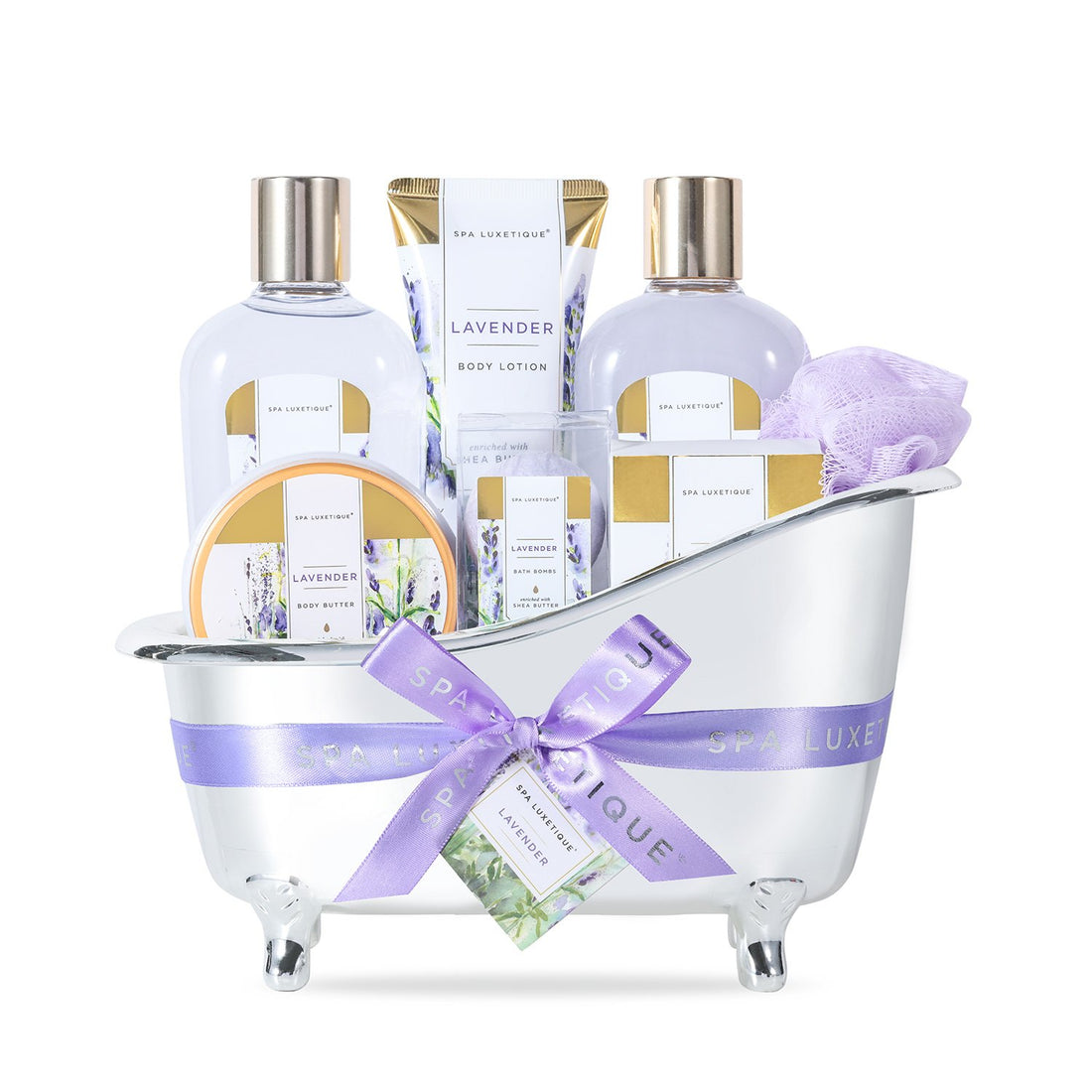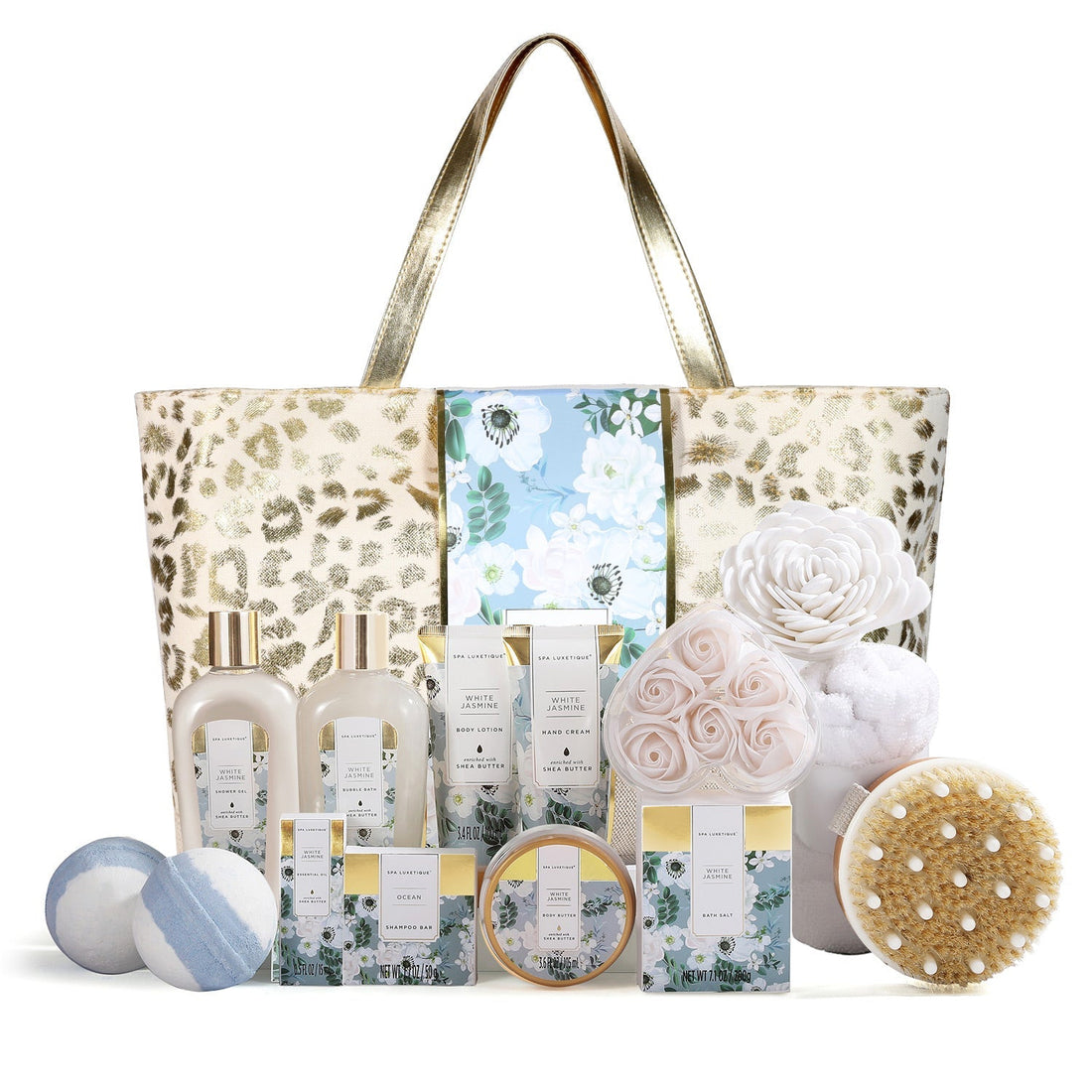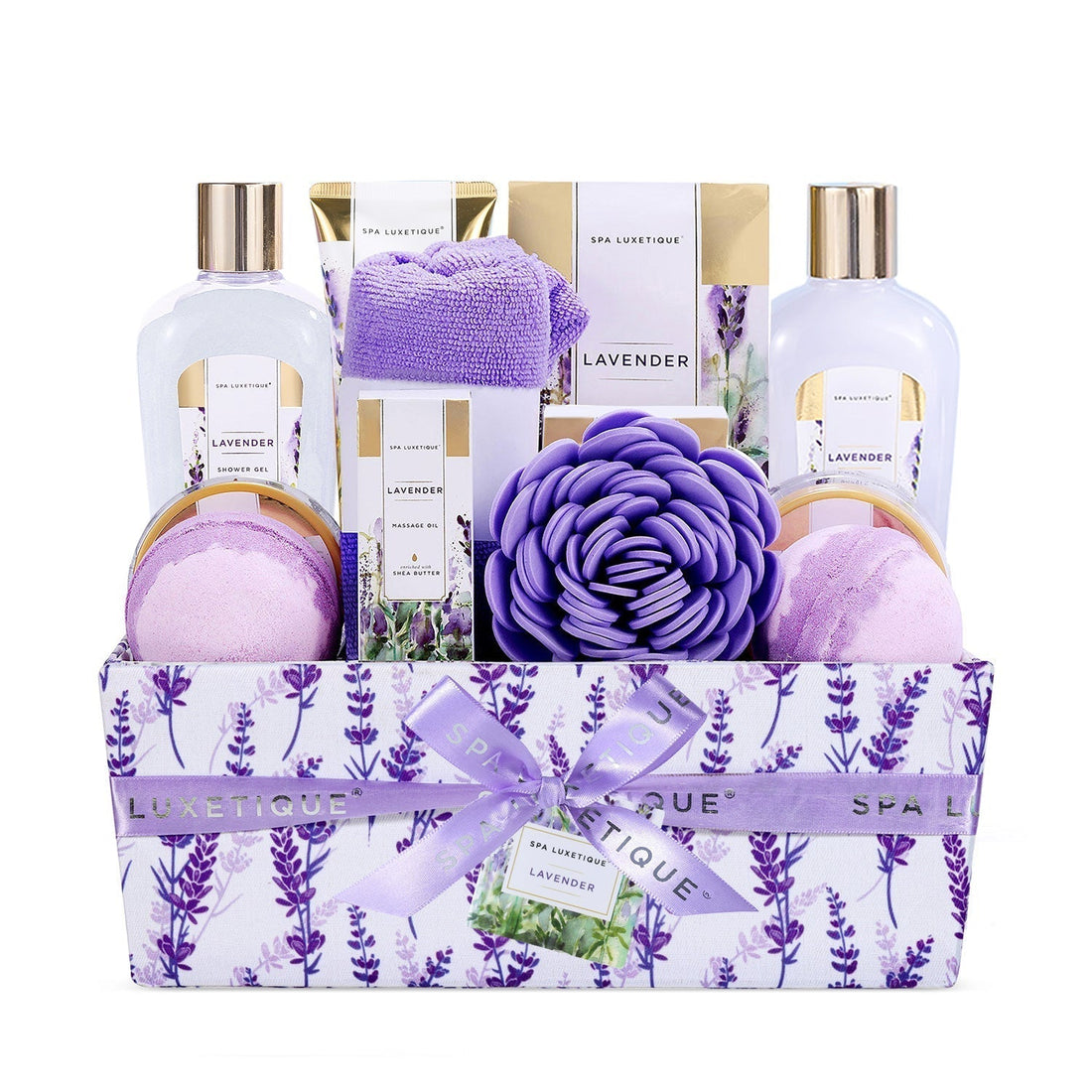If you had to choose, would you prefer to shower or have a bath?
Surprisingly, in today's world, many people opt for showers over baths due to the hectic lifestyles they live. Evidence also supports this, where a Euromonitor poll showed that Americans love to take showers and even people in some countries like Brazil and Columbia love to take multiple showers a day.
While the shower can be a great fix, a bath can help relax your muscles, exfoliate your skin and alleviate stress. One type of bath that is especially great at doing this is a Himalayan salt bath.
To know more about these rejuvenating Himalayan bath salts, keep on reading down below.
Origins of Himalayan bath salts
Just like the name suggests the ancient origins of Himalayan salt bath derives from the foothills of the Himalayan mountains across Pakistan, India and Nepal. It's believed that the salt was first deposited from ancient oceans 250 million years back when the mountains were first starting to take form from the pressure resulting from tectonic plates moving.
It's also believed that the first record of Himalayan salts used for bathing occurred during the 2-3rd BC. This era was the time of the Greeks, and it was commonly believed that Hippocrates had discovered the healing properties of pink Himalayan salt when reduced cracks of rough hands of fishermen.
-
Lavender Spa Bathtub Set
 Lavender Spa Bathtub Set
Lavender Spa Bathtub Set- Regular price
-
$45.99 - Regular price
-
$44.99 - Sale price
-
$45.99
What are Himalayan salt baths?
A Himalayan salt crystal bath is a form of salt therapy in warm water, where you bathe for a set period of time. When sitting in the warm bath, your body absorbs trace minerals from the salt allowing you to feel the benefits of the Himalayan salt quickly.
In comparison to regular salt, Himalayan pink salt has a large number of minerals, over 84 in total! Moreover, the large iron content in the salt causes the Himalayan salt to turn pink. Some of the other beneficial minerals you can find are magnesium, iron, calcium, and phosphorous.
Then once in the bath, the Himalayan pink salt penetrates the skin causing your body to absorb negative ions from salt. As a result, your body excretes serotonin bettering your emotional health and balancing your body by removing toxins. For this reason, the Himalayan pink salt bath is commonly used as a form of therapy and detoxication.
Health Benefits of Himalayan salt
There is a range of health benefits to having a Himalayan salt bath, which is:
Helps certain skin conditions
One of the physical benefits of Himalayan Salt baths is that it helps treat painful skin conditions like eczema, psoriasis, and acne. Himalayan salt can help access hard-to-reach parts of the body where breakouts can quickly occur, like your back or shoulders. In addition to this, they can also help kill dead skin cells and reduce the redness and irritation that comes with certain skin conditions.
It can relax you
A Himalayan salt bath can bring relief to your body's soreness and tired feet. It's believed to ease cramped muscles as it provides a calming experience similar to a saltwater beach. Therefore helping ease pain, reducing any fatigue and stress that you may have.
Source of magnesium Sulfate
It's thought that a Himalayan pink salt bath has traces of magnesium flakes in it. If you're not familiar with magnesium, it's an incredibly important mineral that helps your muscles contract and relax. In addition to this, it's useful for your nervous system by helping you reduce pain, muscle aches and gain more energy from food.
Alleviates pain from insect bites
A pink salt bath is known to have self healing powers for insect bites. This is because the antimicrobial properties of the Himalayan salt, once soaked in the water, can soothe itching and reduce the likelihood of swelling.
Unproven health claims
While there are many health claims surrounding salt baths, some common myths or unproven ones that exist are:
- It can help with insomnia
- The bath salt can ease bloating
- A few drops can ease respiratory problems
- The body scrub can help circulation
-
Vanilla Fashion Bath Set Tote
 Vanilla Fashion Bath Set Tote
Vanilla Fashion Bath Set Tote- Regular price
-
$72.99 - Regular price
-
- Sale price
-
$72.99
-
White Jasmine Fashion Bath Set Tote
 White Jasmine Fashion Bath Set Tote
White Jasmine Fashion Bath Set Tote- Regular price
-
$47.99 - Regular price
-
$72.99 - Sale price
-
$47.99
Himalayan salt bath Vs. Epsom Salt Bath
When looking to buy a bath salt for skin hydration, you might be stuck between the two, wondering which salt is best for a bath? One of the main differences is that Epsom salt has no sodium and has more magnesium than Himalayan pink salt.
Because of this, it's believed that Epsom salt baths can have a more calming effect helping sore muscles, itching, and sunburn. However, both forms of salt baths can contribute to a soothing experience. Whichever you choose, both types of baths can promote a relaxing experience.
Does a salt bath remove toxins?
Many marketers and users of salt baths commonly highlight acting as a detoxifier. The truth is, it depends on the person and the toxins they have in their body. Most salt baths that remove toxins tend to be the Epsom salt baths as they help balance the toxins in your body.
Side effects and precautions
There generally tend to be no side effects; they're pretty safe. Instead, try to consider the natural frequency you have a bath as otherwise if you use them too much, you could make your skin irritable. If this happens, don't use the bath salts for a long time.
How to Use Himalayan Bath Salts?
Having a salt bath is really easy to do. But before you do, you might want to have a quick shower to remove any excess dirt from your body for better skin hydration. Plus, it's a good idea to have a water bottle nearby to keep you hydrated, and further help flush toxins out of your body. Once done, do the following:
- Fill your bath tub with comfortably warm water, but not water that's scalding hot.
- Add the Himalayan salt to the water as per the instructions on the packaging. Make sure the salt is evenly mixed for it to dissolve well.
- Sit in the tub and bathe for 10-30 minutes.
- Rinse off the Himalayan salt, pat dry, and then moisturize your skin.
How much salt should I put in my bath?
To give you a rough idea, you should consider putting 1.28 ounces of Himalayan salt for every gallon of water you have in your bath. Doing this will help reverse the osmosis process and remove any impurities.
How to run the best salt bath
If you truly want the best salt bath, you must use high-quality products. In addition to this, you may wish to consider adding some essential oil like rose or lavender to provide a soothing scent. If you plan on doing this, don't add them directly; add 3-10 drops into a carrier oil, then pour it into the bathwater when mixing. Avoid essential oils that can irritate the skin, like clove or cinnamon.
Where to buy
If you're interested in trying Himalayan pink salt, make sure that it comes from the Khewra salt mine in Pakistan. You can also get pink salt mined from Khewra in many local health stores and online shops. If you're stuck for browsing, though, you can find Himalayan bath salts at Body and Earth.
-
Lavender Fashion Bath Set Tote
 Lavender Fashion Bath Set Tote
Lavender Fashion Bath Set Tote- Regular price
-
$65.99 - Regular price
-
$0.00 - Sale price
-
$65.99
Conclusion
Overall, Himalayan pink salt has been used in baths for thousands of years. The first recorded usage, though, dates back to the ancient Greeks, when Hippocrates discovered the benefits on the hard hands of fishermen. Since then, salt baths have been helping many people worldwide by relaxing muscles, soothing insect bites, helping skin conditions, and providing a significant source of magnesium.
These salt baths are pretty easier to run; all you need is time and water, plus essential oils if you want a heightened experience. They're also available in many places, but sometimes it can be difficult to prove their authenticity. At Body and Earth, we provide original, affordable, and high quality Himalayan salt; check out our range here. Have you tried Himalayan Salt baths before? Let us know in the comments down below.









